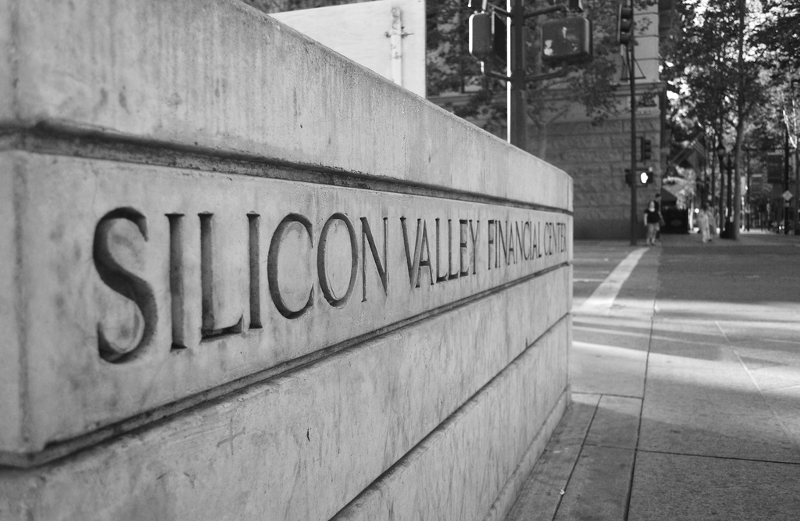Don’t Waste Your Time on Startup Tourism

Going on a trip to Silicon Valley with your MBA program or government incubator? Don’t fool yourself into thinking that those weeklong Silicon Valley immersion programs are anything other than startup tourism. Spending a week visiting Facebook and Uber and attending talks and events, while interesting and potentially educational, will not teach you what it’s like to build a startup.
Sure, you might make some connections and come closer to figuring out what you really want to do for a living. But if you really want to benefit from a trip to Silicon Valley, you are better off reaching out to one of the several early-stage startups here and asking whether you can intern for a few weeks.
You’ll Understand How Startups Work
While immersion programs are designed to introduce you to the world of startups, they don’t go far enough when it comes to actually shining a light on the intricacies of Silicon Valley. Sure you can see the free food at Twitter, swimming pool at Google, and the hiking trail at Facebook, but that is like visiting Disneyland and thinking it is reality.
By reaching out to a startup instead and interning there, you will develop real relationships and potentially kickstart a career. You will understand how startups work behind the scenes, and you’ll be influenced by their way of doing business. Actual work experience is going to look a lot better on your résumé than spending a week hardly scratching the surface of the startup world.
Think of it like studying abroad. There are two ways to go about it. One is to study at a university where the classes are taught in English, you have no homework, and you can hop around to a bunch of different countries every weekend. You get a broad overview of another culture, but no lasting and profound understanding of it.
On the other hand, you could spend a year in another country, live with a host family, and learn the language. You’ll struggle and it will be challenging, but in the end you’ll have an in-depth understanding of that culture, and how it differs from yours. At the end, you’ll belong to two cultures, rather than just one.
It’s up to you, but I’d take the latter experience over the former any day.
You’ll Gain Unique Insights
When you attend a weeklong immersion program, you’ll get a light taste of what you could expect should you move to Silicon Valley at some point in the future.
But by interning with a company out there — and living and working in the environment itself — you’ll gain unique insights that you can’t get anywhere else. You need to experience them on your own, organically.
How to Find Startups to Work For
You might be wondering how you can actually get hired? Maybe you don’t have startup experience yet. Maybe you’re a developer who wants to work for Google, but you’ve only been coding for a year and you just don’t have the necessary expertise.
Head on over to AngelList, the best place to learn about which companies are hiring out in Silicon Valley. AngelList connects startups with jobseekers interested in working for them. The site provides you a clear view as to what you can expect should you land a gig (e.g., salary and equity is disclosed up front).
The best part? By sending out one application, you can apply to over 40,000 jobs in one fell swoop. Talk about efficiency.
How to Get a Startup to Hire You
Don’t think any startups will take you? Don’t be so hard on yourself.
Pitch attractive would-be employers a short project that utilizes your skills. For example, if you’re a communications major, offer to come in for two weeks to consult and intern with them for free, in exchange for a reference. Most startups don’t have any communications or PR plan, and are happy to take free labor.
Are you a political science major? Offer to come and do an analysis on the effects new policy or the upcoming elections will have on them. Think no startups care about this? Just ask Uber what they think.
If you don’t have any “practical” skills whatsoever? Offer to clean the coffee machines and work your way up.
Maximize Your Trip to Silicon Valley
Those weeklong programs aren’t the worst thing in the world. I’ve even hosted them before at my office in Palo Alto. But the payoff is much higher if you actually immerse yourself in the experience for an extended amount of time.
Remember, if you’re part of one of these programs, your trip doesn’t have to end once a week is up. Stay a little bit longer. You won’t regret it.
—
Photo by flickr user christian.rondeau






